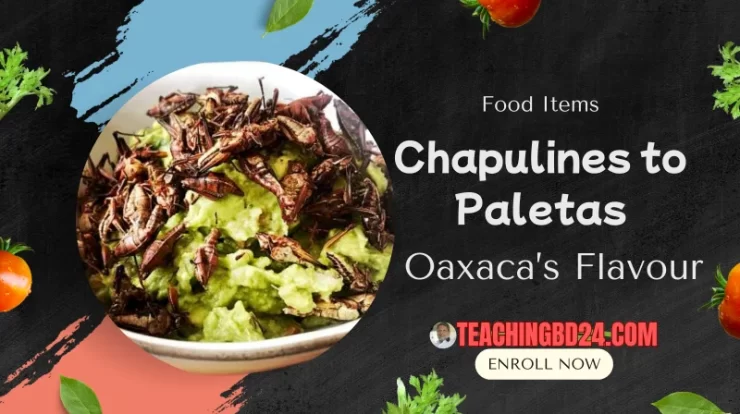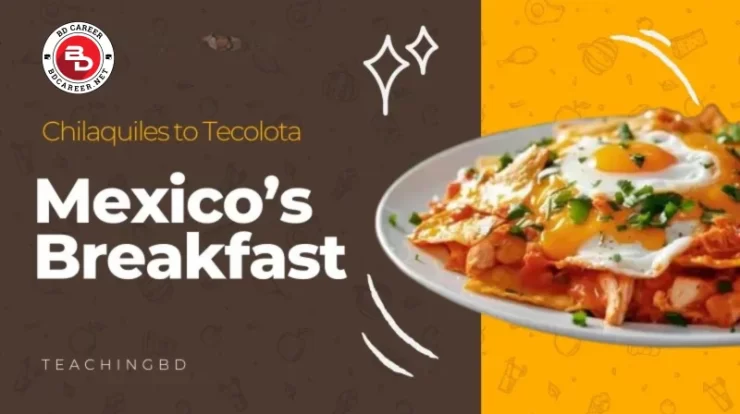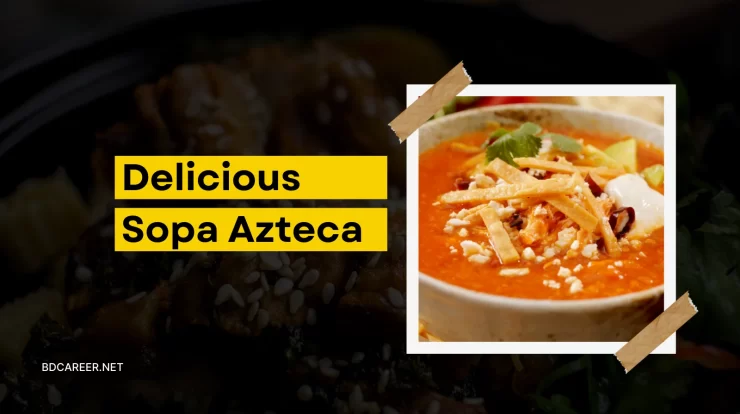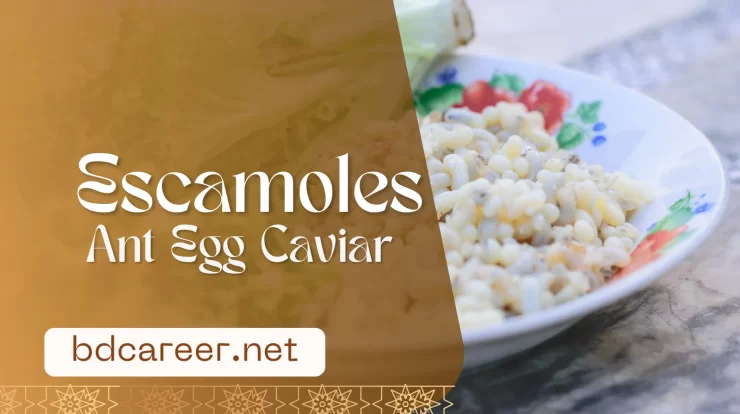
One of Mexico’s most intriguing and expensive culinary secrets is escamoles. It is commonly referred to as “ant egg caviar”. Many people prefer it as a dish. These small white larvae and pupae come from the roots of maguey and agave plants. People have been eating them since before the Spanish arrived in Mexico, and they now occupy a unique position between traditional cuisine and high-end dining. It is their cultural part. In this article, we will discuss the escamoles, how to collect them, and why they can be expensive. This guide can help you find ant eggs and learn about the taste of escamoles. Let’s go through the article.
Contents
- What is Escamoles?
- A Culinary Tradition Rooted in Aztec History
- What Do Escamoles Taste Like?
- Traditional Escamole Dishes in Mexican Cuisine
- Are Escamoles Expensive?
- How Do Escamoles Compare to Caviar?
- Can Humans Eat Ant Eggs?
- What are the risks of eating caviar daily?
- Where to Experience Escamoles in Mexico?
- Conclusion
What is Escamoles?
Escamoles are the larvae and pupae of some ants that live near the base of maguey and agave plants. They create a tunnel and stay with the colonies. They are often called little, pearl-like grains, and people mainly collect them in the spring when the ant colonies make fresh broods. In Mexican cooking, they are called “edible insect delicacy,” and they are also known as “ant egg caviar” and “insect caviar.” People like it because of its unique texture and nutrients.
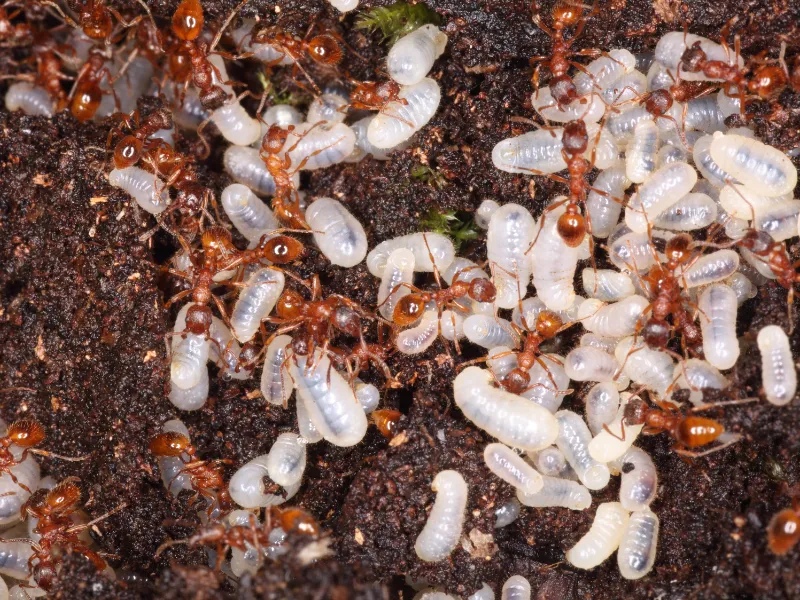
Biologically, escamoles are rich in protein, contain healthy fats, and provide essential micronutrients, including iron and zinc. In the ant egg, it produces VHDLs (Very High-Density Lipoprotein). Even though they’re small, they can be used in a variety of ways in the kitchen. Chefs cook eggs to people’s choice, such as steaming or frying.
A Culinary Tradition Rooted in Aztec History
Escamoles have been a staple in Mexico for a long time. Historical records and indigenous oral traditions suggest that ant eggs were collected and eaten by the Aztecs and other Mesoamerican groups. People still collect and eat ant eggs. They were part of markets, feasts, and sometimes even rituals. That demonstrated value more than for their food.
It’s essential to preserve this tradition, as it is deeply connected to our culture. For many communities, escamoles are a part of seasonal festivals that make people feel connected to their home. For any occasion, it can be a special dish. Eating them also helps keep farming knowledge and harvesting skills alive.
What Do Escamoles Taste Like?
When people discuss the taste of escamoles, they often blend technical and artistic language. The actual taste is revealed with their accent. They have a buttery and nutty flavor, with a hint of sweetness and a subtle earthiness. If you make them with epazote or citrus, some people say they have a slightly herbal taste. Most people want to eat with nuts. Escamoles have a smooth, almost custardy texture with a small pop, like thin grains. This plump egg bursts into the mouth with fresh milk flavor. This makes them intrigue in both fancy and straightforward meals.

Chefs like to play with textures. For example, mixing escamoles with crispy tortillas, tangy salsa, or smoky mezcal brings out their delicate flavor while balancing their richness. The term “ant egg caviar” gained popularity due to its unique texture and taste. If you are a food lover and curious about ant egg, you can try this once.
Traditional Escamole Dishes in Mexican Cuisine
Traditional escamole meals are simple and show respect for the food. They always try to hold the symbol of Mexican culture. A classic way to prepare escamoles is to sauté them in butter with onion, mild chili, and epazote, then serve them in corn tortillas as tacos. Each bite focuses on the escamoles’ texture and buttery overtones. Another way is to fold it into omelets for brunch or add it to light stews. That makes it heartier and provides protein.
Some additional Mexican food options, such as Pozole Verde, Chapulín Craze, and Mexican Cactus offer a similar vibe. During spring festivities, regional markets show off these differences. In these kinds of places, buying escamoles is as much a social event as it is a food transaction. Vendors, families, and cooks share recipes, and tasting becomes a means of connecting with a shared food history.
Are Escamoles Expensive?
Yes, escamoles can cost a lot. The high cost is due to the limited availability of these eggs for only a short time each year, the significant effort required to collect them in Mexico, and the growing demand from upscale restaurants. Escamoles can be very expensive, like other high-end items in Mexico, depending on where they are sourced and their quality. This is especially true when they are served in fancy restaurants in Mexico City.
Price also indicates how rare something is: wild-harvested batches are unpredictable, and ethical harvesters prioritize colony health over maximizing their yield. For customers, this means paying more for things that are real and last.
How Do Escamoles Compare to Caviar?
Escamoles and fish caviar are both considered delicacies. Boasting unique textures and serving styles are integral to a ritual. The common name of those is egg. Caviar is usually salty and briny, with fragile, shiny pearls. Escamoles, on the other hand, are earthy and buttery, and they are often cooked and seasoned. Both tastes are different and delicious, depending on the variation.
In Mexico, escamoles are a traditional and high-end cuisine that originates from the land. Those come from the ant. Caviar, on the other hand, is a high-end food that comes from the global luxury market and the seafood trade. Basically, it comes from fish. For people who like to try new foods, escamoles offer a unique alternative to “ant egg caviar”. If you love caviar, you can also try Mexican Baja, Quesabirria Tijuana.
Can Humans Eat Ant Eggs?
Yes, people can safely consume escamoles if they are properly picked and cooked. It is the food of Mexican people. In the past, people who ate escamoles developed methods to clean and cook them that reduced the risk of contamination. Escamoles are a good source of protein, vital fatty acids, and minerals like iron. That also fills the shortage of Vitellogenin (Vg) protein. These are the good dietary choices in terms of nutrients per kilogram.
Hygienic handling is essential for food safety. It is necessary to maintain a healthy body. If you don’t clean them, insects that you catch in the wild can harbor bacteria or other contaminants that are present in the soil. That creates a problem in the body part. Responsible vendors and chefs prepare escamoles very well, sorting, rinsing, and cooking them correctly. This makes them safe and tasty.
What are the risks of eating caviar daily?
Caviar is beneficial for your heart and brain, as it contains omega-3 fatty acids, vitamins A and D, and essential minerals. However, eating caviar daily has some drawbacks: it can be high in sodium, and individuals who are sensitive to salt may find that consuming it frequently exacerbates their high blood pressure. It can also contain a significant amount of dietary cholesterol, which specific individuals may need to monitor.
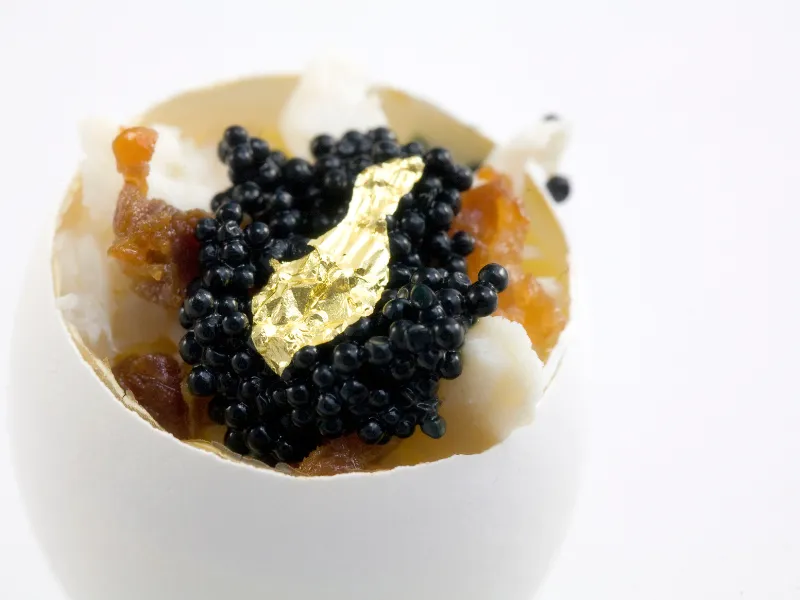
Disadvantages for the environment are also significant. Overfishing sturgeons for caviar in the past hurt wild populations. Today, many caviars are farmed, but people are still concerned about conservation and purchasing them from reputable sources. Moderation and paying attention to the origin of your caviar and escargot will help you address the health and environmental concerns associated with them.
Where to Experience Escamoles in Mexico?
You can find escamoles at regional markets in Hidalgo and Tlaxcala during spring festivities, or at a well-known restaurant in Mexico City. A package of ants and eggs is available in the shop. Markets offer authentic experiences that are deeply rooted in the community. Whereas restaurants typically provide more refined versions of the same experiences, often paired with mezcal or fine wines and Mexican cheese.
When you taste anything, ask the seller or chef about the seasonality and how it was harvested. Then you will experience the authentic taste of culture. Responsible sourcing safeguards both culinary tradition and the environment.
Conclusion
Escamoles are powerful because they connect historic Mexican food history with modern concerns about sustainability and the exploration of new foods. Escamoles are a great way to satisfy your curiosity and respect for tradition, whether you eat them in a basic market taco or a fancy tasting menu.
